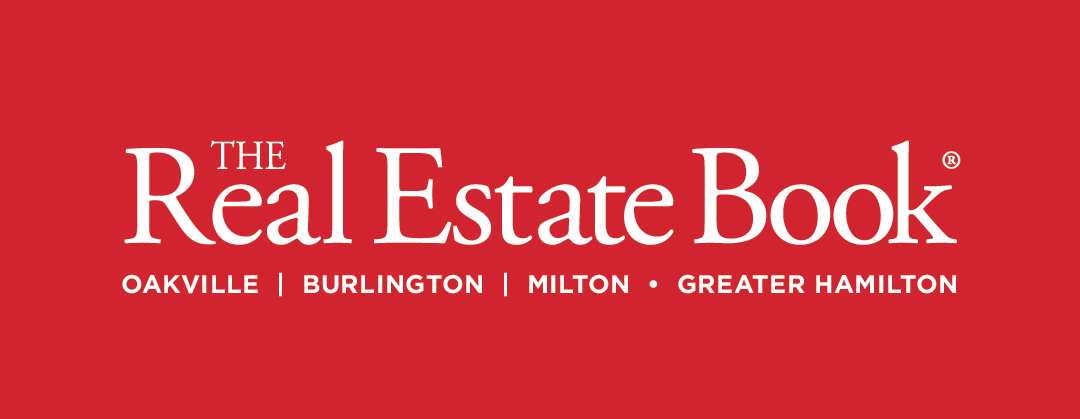There’s a lot to be said about having great curb appeal but it’s a bonus when you can make your front porch, and yard, more functional as well. Following some basic guidelines can make it a more palatable task and ensure the results are stunning.
The first step is to assess your porch’s potential, and limitations. While having a full seating area on your porch may sound tempting, if your porch is small and confined, too much seating may not be possible. You want your porch to be inviting and look like an extension of your home and gardens.
Establish a Connection Between Your Porch and Yard.
While a specific theme is not necessary, a consistent look will create a beautiful flow from your walkway to your front door. Before tackling the porch itself, trim overgrown shrubs and ensure the pathway is tidy and easy to navigate. An abrupt change from your yard to your porch can create harsh lines and look disorganized. An easy first step for blending the porch into the gardens is to use potted plants which give a seamless flow and add a punch of colour to your front entrance. For homes with rocks, stone or bricks instead of gardens, use window boxes to add depth and pizzazz to your windows and place tall urns with cascading flowers on either side of your front door. Longer walkways can be edged in hostas or low-lying shrubs to add texture while shorter ones should be kept clean and simple.
Be Unique.
If you’re searching for a unique feature to add to your front entrance, consider adding an arbour to the walkway, a hand-painted welcome sign, a macramé plant holder or wall art. Adding your own unique touches brings a personalized feel and creates a great topic of conversation.
Make the Front Door a Focal Point.
The trend these days is to showcase vibrant doors painted a different colour from the garage or shutters. Don’t be confined to the tried and true “safe” colour theme of a white garage door and white front door, or likewise in black or beige. If you have a white garage door and flecks of red in the brick, try a red door. Choose a colour that corresponds with the brick colour while enhancing the existing doors and windows. If a coloured front door is a bit too much change, try adding new wall sconces or an overhead chandelier.
Include a Seating Area.
No matter the size of your porch, designers agree that including an area of seating immediately draws a connection between the inside and outside of your home. For a small porch, place a rocking chair with a colourful cushion beside the door. A wide porch on an older house could showcase an old-fashioned looking bench, or a modern set of two chairs and a table can enhance a newer home. Seating is also a great way to encourage you to spend more time outside engaging with your neighbours, or people-watching over a cup of coffee.
